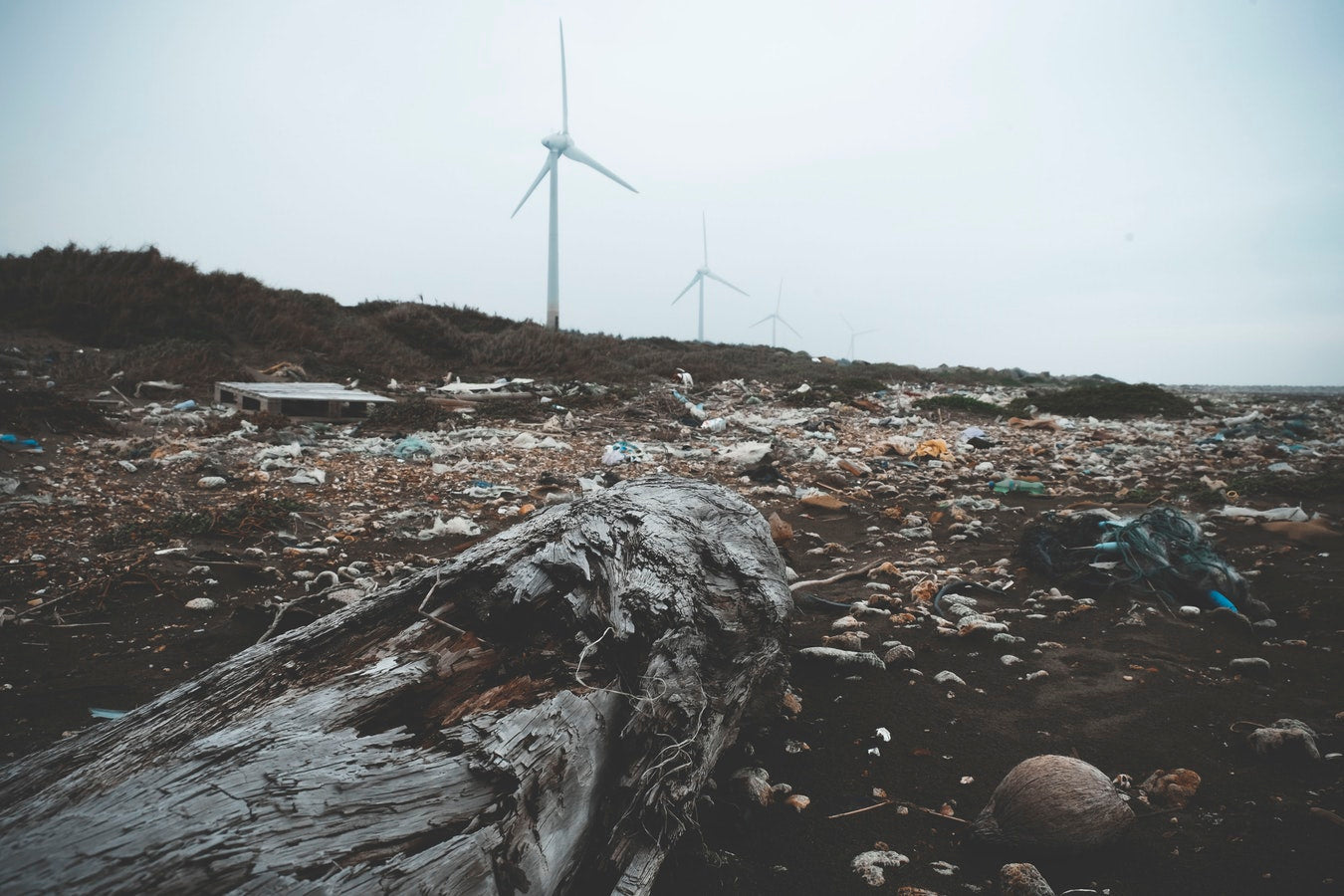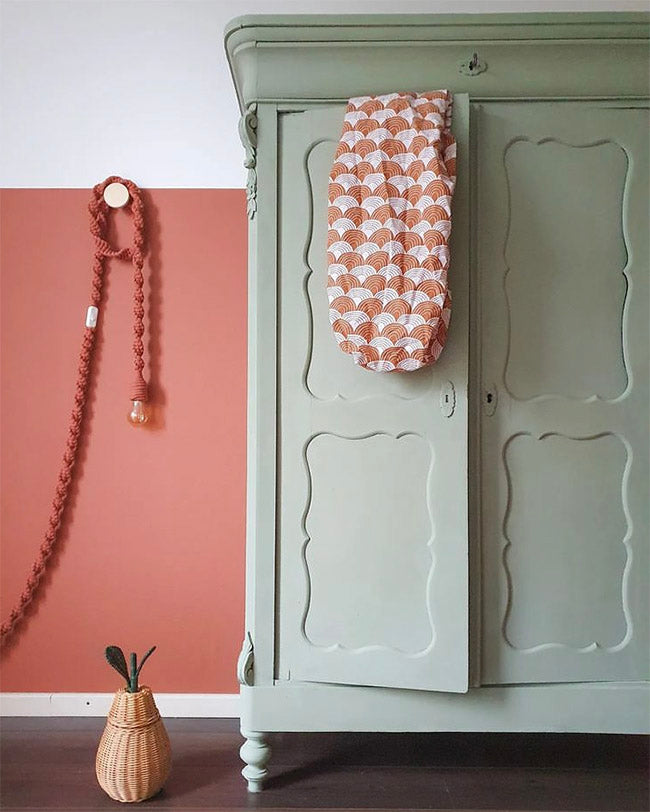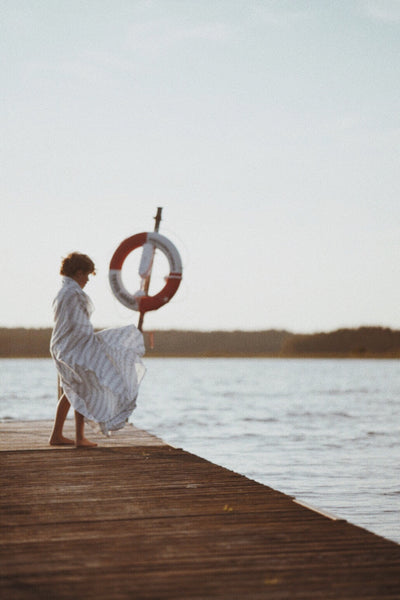
For ages, environmental experts have been scolding the public for the unnecessary use of plastic, — be it in the form of shopping bags, disposable dishes and cutlery, or simply for toys. But what is so dangerous about plastic that they won’t shut up about it? Should we really go back to wooden trains and wicker shopping baskets?
The short answer is “Probably, yes!”.
The dark side of plastic
Sure, plastic is a handy and inexpensive material. Plastic wrap helps to keep food fresh for longer and protects it and us from harmful germs — which is a great quality in a product that does not cost much to make. Plastic can be produced to be sturdy or soft, according to the use we want to make of it.
And it is very durable, so it doesn’t rot away like more natural materials. That is exactly why plastic production has been massive over the past decades.
But it is precisely the lifespan of plastic, which often exceeds our needs by several hundred times and turns it into waste: its durability translates into not undergoing the typical processes of natural degradation. The main concern among the scientific community is the fact that plastic waste doesn’t just simply disappear, although it might feel like it does, since we don’t see all the waste piling up.
Nowadays, about 380 tonnes of plastic get produced every year, and since the 1960s, when plastic made its big appearance, about 6.3 billion tonnes of plastic have been produced worldwide.
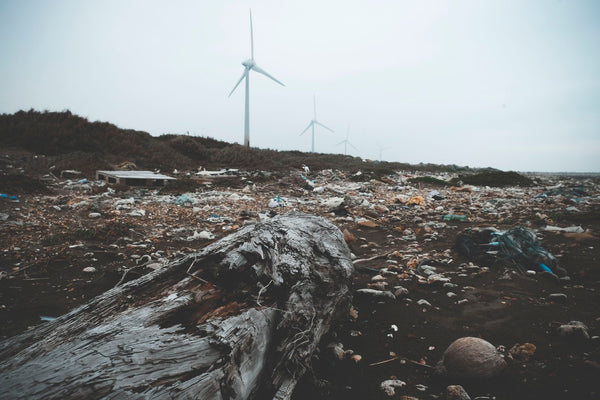
So, what happens to all the plastic waste?
Some plastic (an estimated 9%) does indeed get recycled, which is good news.
The bad news is, that of that remaining 91% a very large amount ends up in the ocean, and that is when trouble really starts to unfold.
Surely, most of us have witnessed the occasional plastic bottle or cap on the beach, while sunbathing, but, other than that, we may not realise how big of a problem the plastic pollution really is.
In some developing countries one can witness plastic garbage being carried down by rivers (most plastic debris in the oceans has originally been produced in Central Asia).
But even though there have been many reports about the Great Pacific Garbage Patch, an area of the Pacific Ocean where the plastic is being transported due to currents and to form a floating layer covering many square kilometres, this is still just the tip of the iceberg. And we don’t get to see it on a daily basis to remind us of what harm we are doing to the planet.
Effects on the environment
There is an array of environmental effects of plastic. One of the problems being that seabirds start feeding on it, either because they confuse it for prey, or, because it’s already inside their preys’ bodies. Seabirds, like humans, are not able to digest big pieces of plastic and so, these get stuck in their digestive tracks, blocking their bodies to the point where the animals starve to death. The same fate awaits fish that are feeding within layers where plastic is prominent.
Sea-turtles are the species that suffers the most due to plastic contamination. Not only do they often get trapped in strings or six-pack holders, they tend to confuse plastic bags with jelly-fish and block their whole digestive system in an attempt of feeding themselves.
We will rarely witness any of this, which explains why people around the globe are so oblivious to the topic.

The less obvious threat — microplastics
The real trouble, however, starts when that superficial layer of plastic debris gets to break down into smaller pieces. These sink further down to the ground and breaks up into so-called microplastics.
According to the U.S. National Oceanic and Atmospheric Administration the term refers to any piece of plastic of less than 5mm (0.2 inches) in diameter. This includes pieces so small, they cannot be seen by the human eye.
These microplastics are then digested by bottom feeders, i.e. animals and smaller organisms, like plankton, living on sea-floor level. It typically takes them about two days to digest food. Plastic, on the other hand, will take two weeks to pass through their digestive system. At times these animals may simply die of indigestion, but it has also been proven that in many cases those microplastics can even become embedded in the animals’ tissue. This means that the plastic now forms part of their bodies and may then be redigested by small predators, at which point the plastic will form part of those creatures’ bodies in return. That alone should be cause for concern.
But, wait! There’s more.

Secret ingredient
Those small fish are typically prey for bigger commercially sold species, such as tuna and swordfish. As fish is one of the main sources of protein for a major part of the human population on Earth, those microplastics will now reach the human body as well and become incorporated into human tissue. Yuck!
Yes, of course, you could stop eating seafood altogether, but not every person has that choice. Plus, microplastics and tiny plastic fiber has also been found in freshwater organisms and table salt. So at some point, even though plastic does not rot, it breaks down into such tiny pieces that it is not visible to the human eye any longer and might be consumed without the person knowing.
However, the problem of foreign substances now being embedded in our body tissue and potentially harming us goes even further. We use chemical softeners for example for water bottles - yes, the same bottles you may be seeing on the beach! These additives may be set free upon digestion.
Apart from this, microplastics also seem to attract other toxic chemicals and contaminants in the water, so, apart from eating plastics, animals and humans are also consuming toxins that have been adhered to the microplastics and can then appear in completely different foods like table salt. This means, that all the toxins we desperately try to avoid may be automatically released in our bodies by simply adding salt to a dish. Bon appetit!
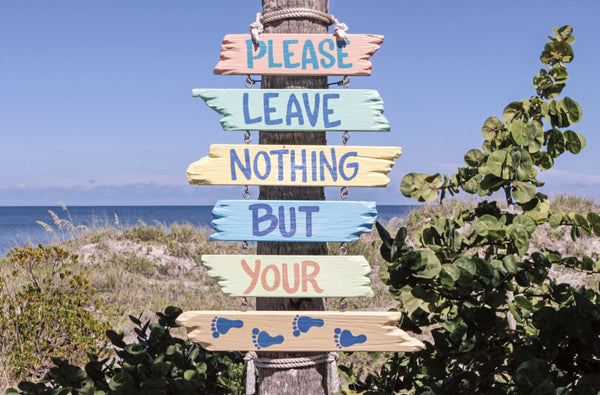
What can be done?
All of these arguments are overwhelmingly convincing. Therefore, we have consciously made the decision to not use any plastic packaging for our sheets. It may only be a small contribution to our planets health, but it is one that is important to us. We hope, you’ll join us on our mission!
5 simple steps to reduce plastic waste:
- Keep tote bags in your purse and car, so you don’t need to use plastic bags.
- Avoid plastic cups, plates and cutlery. Use the real stuff instead!
- Get a refillable water bottle made of glass or stainless steel.
- Instead of using plastic wrap, use reusable containers. Even better —buy food in glass jars and reuse them as containers.
- Buy eco-friendly toys. There are so many lovely and colourful wooden toys out there that your little ones will enjoy!
Written by Wiebke Lotte Albers

